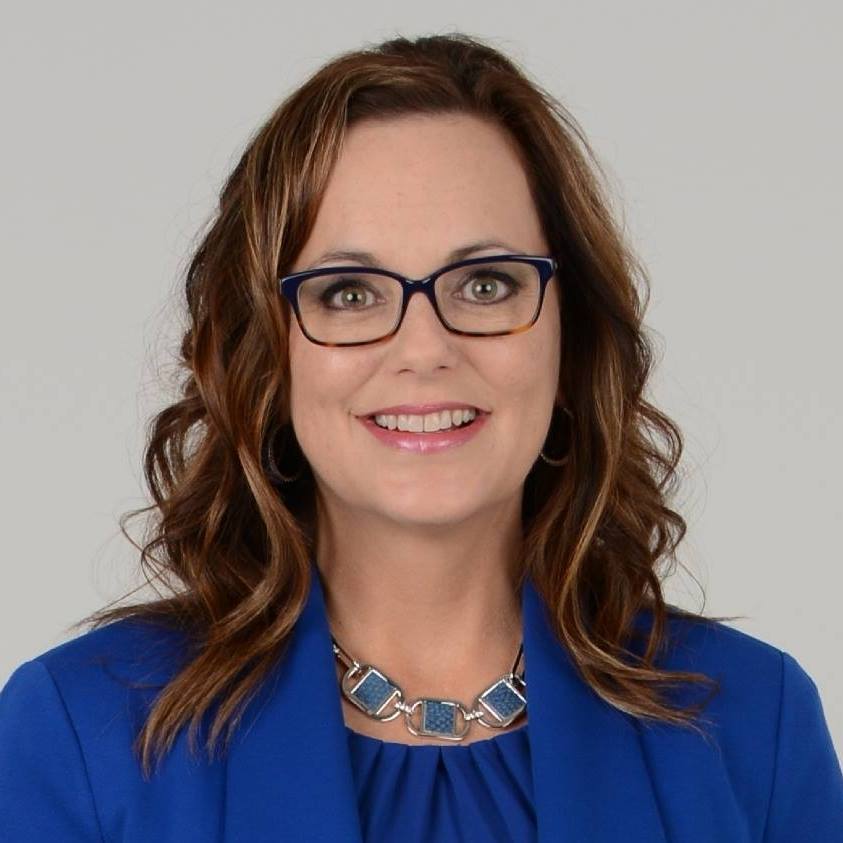By Samantha Compton, SWSM Resident Financial Advisor
This month we will continue building on the first Principle of Financial Planning: Financial Security Comes From Having A Plan.
Last month we talked about exercising and building your financial muscles through budgeting. This entails telling your money what to do instead of allowing your money to dictate your choices and emotions.
Once the budgeting is going smoothly, the next focus can be on SAVING.
For starters, I recommend having 3-6 months of living expenses in a savings or money market account before focusing on increasing any retirement savings.
We have probably all heard stories of how dramatic the difference is when beginning to save at an earlier age rather than at a later age. If you are in your 20’s or 30’s and are maximizing your retirement savings opportunities, GREAT JOB! Keep it up! But what if you didn’t start saving when you were younger? What if you are just now starting in your 40s or even 50s?
Personally, I was part of the latter group. And I want to give you hope.
If you get your finances in order and are disciplined and intentional, you can still build a nest egg for your future.
At the age of 39, after years of working only part-time in order to be home with my kids, I found myself divorced and without any retirement savings. After I began working full-time, I didn’t think I could really “afford” to contribute anything into my company’s 401(k) plan. But I also knew I couldn’t afford NOT to.
My solution was to begin saving for retirement by contributing the percentage of my salary that my employer would match. In my case, that was 3%. My company’s matching contribution doubled my efforts! I was saving pre-tax at the time, and what I noticed right away was that the difference in my take-home pay wasn’t nearly as impactful as I imagined it to be. From that point on, I committed to increasing my savings by 1% every 6 months until I reached the saving level that I desired. These planned adjustments seemed small when I was making them, but over time they produced a level of saving that I could never have afforded in the beginning.
When it comes to retirement savings, I strongly support utilizing Roth options any time you can. Why? While we know today’s tax rates, we don’t know what they will be in the future. I always prefer to deal with the known over the unknown. Roth accounts are funded with after-tax dollars meaning the contributions are not tax-deductible (this WILL show a bit more of a difference in your take-home pay). However, once you start withdrawing funds, the principal and growth come out tax-free. This could mean years of investment growth with no additional taxation (rules apply). Conversely, traditional company retirement plans or IRA contributions are generally made with pre-tax dollars. This means you generally get a tax deduction on your contribution but will pay income tax when you withdraw the account’s money during retirement. If tax rates go up (which is highly likely), you could end up potentially paying a lot more in taxes on your retirement savings.
When you are considering where to save for retirement, here is an order of savings to consider:
Retirement Investing Order
(Please note: each of these options may have contribution and/or income limitations and plan specific rules.)
1. Maximize FREE money (any employer match) in “qualified” accounts. If you are employed and have a 401(k), 403(b), or Simple IRA option, contribute up to the amount of the company match (if there is one). A common match is 3% but there are some that are higher.
2. Next, maximize any after-tax options you might have. These are accounts that will create tax-free income for you in retirement. A Roth 401(k), Roth 403(b), or Roth 457 would be my first choice and if that isn’t offered, the next would be a Roth IRA, depending on your income.
3. After maximizing 1.) free money and 2.) after-tax options, THEN go back and max out your “qualified” or pre-tax options up to the full annual amount allowed by the IRS. (ie, 401(k), 403(b), 457, Simple IRA, Traditional IRA, etc). Remember, if you are saving in a Traditional IRA AND a Roth IRA, the total of your contributions to each are combined and cannot exceed the IRA contribution limit. The same applies to Traditional and Roth 401(k) contributions.
4. After you have maxed out your retirement plan options, you can then begin to invest excess savings in a taxable or “non-qualified” account. You will receive a 1099 form on the account each year, reporting any dividends and interest earned plus any capital gains or losses you may have been taken.
I understand this is a lot of information…especially to those who might be new to saving or just beginning to get their feet wet with financial jargon. As we discussed in the last article, don’t freeze! Start with what you can do now! Make a plan for saving and commit to implementing it and then review it systematically.

Action Steps:
Part of having a long-term financial plan is being intentional about SAVING. Know where you are saving: Is it pre-tax? Is it after-tax? Have you increased your savings amount in the last year? If not, could you? Many 401(k) plans allow you to schedule an automatic increase. This way you don’t even have to remember to do it!

Samantha Compton is an SWSM contributor and financial advisor. She is also a Senior Financial Advisor & Women’s Investment Specialist with an SEC Registered Investment Advisor Firm in the Kansas City, MO area. She places a high value on financial education and believes it is essential for creating and sticking-to a well-written financial plan!
Disclaimers:
This article is written to provide general information on the subjects covered. It is not, however, intended to provide specific legal or tax advice and cannot be used to avoid tax penalties or to promote, market, or recommend any tax plan or arrangement. Please note that Wise Wealth, LLC and its representatives do not give legal or tax advice. Consult your tax advisor or attorney for advice specific to your circumstances.










